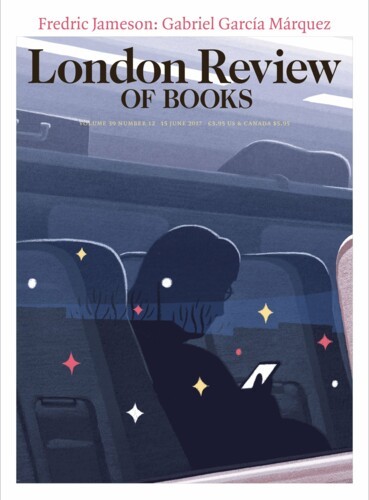On the Hilltop
Nicholas Penny: How the Getty spends its money, 4 January 2007
Guide to the Getty Villa
by Kenneth Lapatin et al.
Getty, 131 pp., £8.50, June 2006,0 89236 828 4 Show More
by Kenneth Lapatin et al.
Getty, 131 pp., £8.50, June 2006,
History of the Art of Antiquity
by Johann Joachim Winckelmann, translated by Harry Francis Mallgrave.
Getty, 431 pp., £45, March 2006,0 89236 668 0 Show More
by Johann Joachim Winckelmann, translated by Harry Francis Mallgrave.
Getty, 431 pp., £45, March 2006,
The Sight of Death: An Experiment in Art Writing
by T.J. Clark.
Yale, 260 pp., £20, August 2006,0 300 11726 4 Show More
by T.J. Clark.
Yale, 260 pp., £20, August 2006,
“... thought to how a museum suddenly endowed with many millions should be organised or directed and he may never have realised how important it was to protect such an institution from falling into the hands of people who were only equipped to run (or suited to front) giant corporations. An intelligent and analytical history of the Getty Museum and the Getty Trust ... ”
